Forums
-
Leatherworker Board
-
- 10,671
- posts
-
- 21,256
- posts
-
- 67,284
- posts
-
- 47,756
- posts
-
- 3,446
- posts
-
-
The Business
-
- 2,692
- posts
-
- 20,418
- posts
-
- 5,388
- posts
-
- 2,933
- posts
-
- 9,543
- posts
-
-
Fabrication
-
- 1,329
- posts
-
- 32,040
- posts
-
- 96,591
- posts
-
- 4,914
- posts
-
- 1,752
- posts
-
- 13,653
- posts
-
- 12,217
- posts
-
- 13,221
- posts
-
- 5,374
- posts
-
- 1,456
- posts
-
- 3,830
- posts
-
-
Tooling, Stamping & Carving Leather
-
- 3,818
- posts
-
- 6,773
- posts
-
- 3,836
- posts
-
- 19,030
- posts
-
-
Specialty Leatherwork
-
- 23,610
- posts
-
- 68,115
- posts
-
- 15,448
- posts
-
- 49,345
- posts
-
- 5,459
- posts
-
- 253
- posts
-
Other Specialties
- Archery Quivers and Bow Cases
- Art
- Books, Journals and Photo Albums
- Boxes, Clocks and Game Boards
- Collars, Cuffs, Leashes and Leads
- Clothing, Jackets, Vests and Chaps
- Furniture: Inlays and Upholstery
- Guitar Straps
- Masks
- Miniatures
- Satchels, Luggage and Briefcases
- Shoes, Boots, Sandals and Moccassins
- Musical Instruments
- 36,086
- posts
-
-
Leather is tanned animal skins, and is a byproduct of the meat industry.
-
- 902
- posts
-
- 3,667
- posts
-
- 2,385
- posts
-
- 12,949
- posts
-
- 2,093
- posts
-
- 441
- posts
-
-
Marketplace
-
- 1
- post
-
- No posts here yet
-
Items For Sale
- Books/Patterns/Periodicals/Videos
- Businesses & Estate Sales
- Computer Hardware/Software
- Hand Tools-Leatherworking Tools
- Hand Tools-Stamping/Carving Tools
- Knives, Blades, & Things That Cut
- Leather and Lace
- Machinery -- Cutting/Leatherworking
- Machinery -- Sewing and Stitching
- Supplies and Hardware
- Saddle Trees and Fittings
- Miscellaneous/Other
- 114
- posts
-
- 1
- post
-
- 56
- posts
-
- 29,872
- posts
-

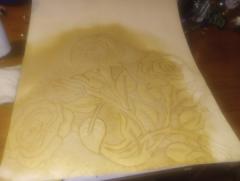
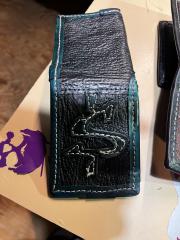
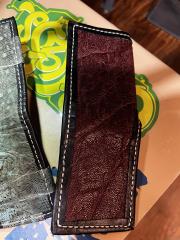
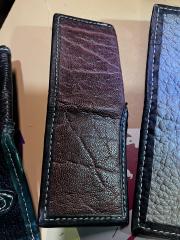
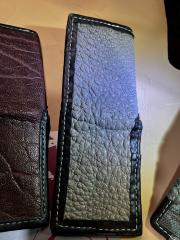


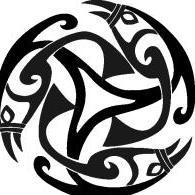


.thumb.jpg.be873fe3cafed424774b187cfb1a470f.jpg)

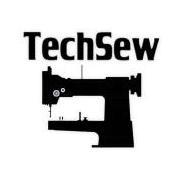
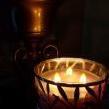
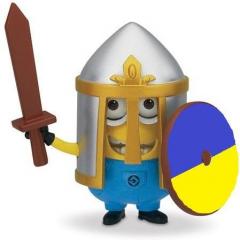
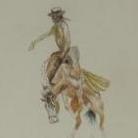

.thumb.jpg.6e903dd66163ad5672f00f144058c571.jpg)

.thumb.jpg.7b83907b17613afe0cdc856f1257806a.jpg)


